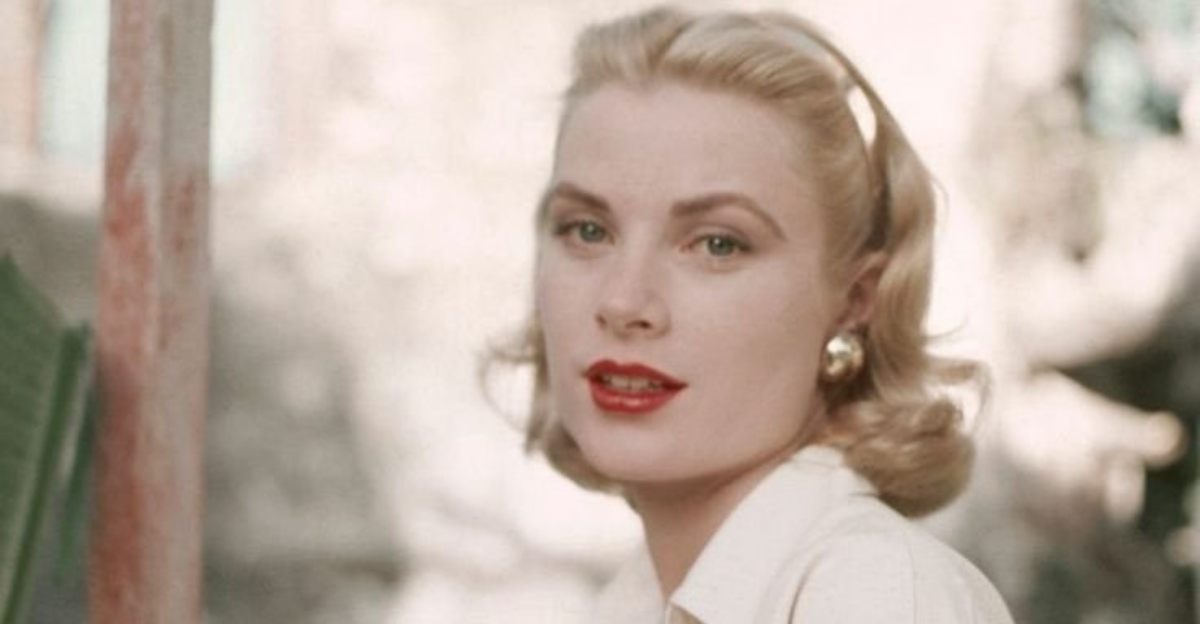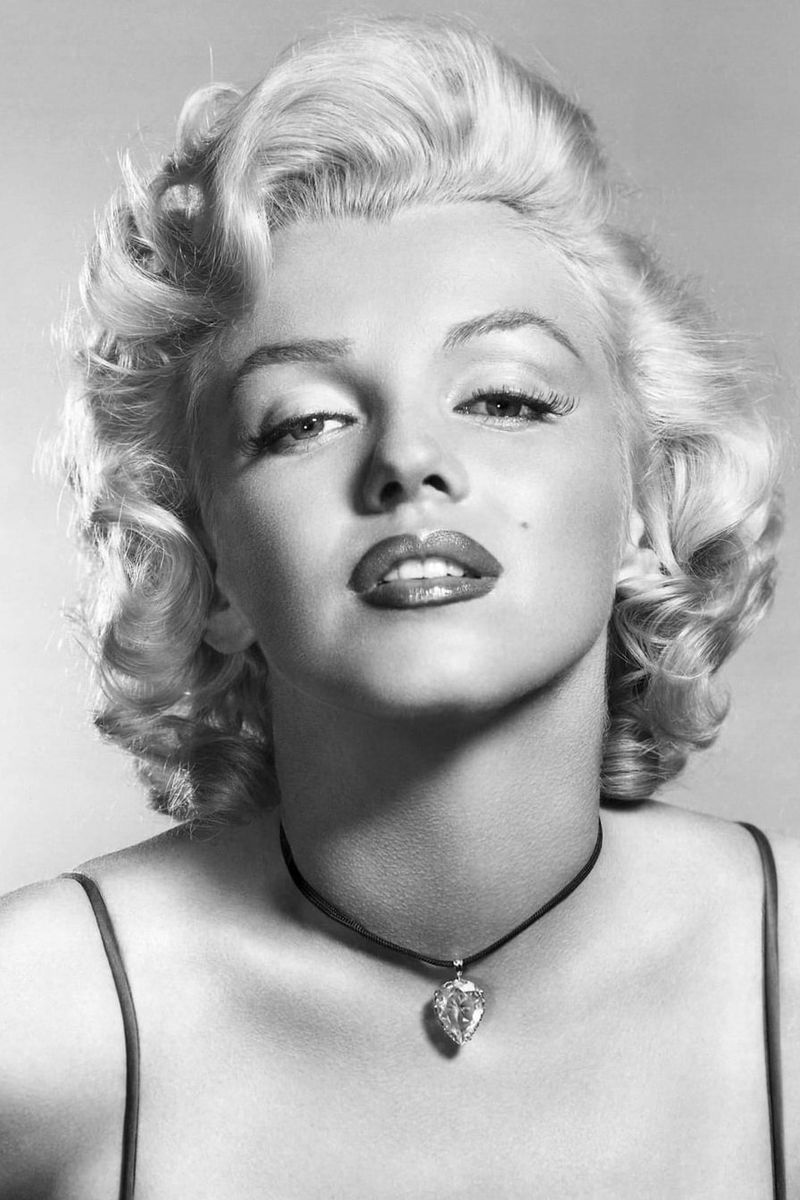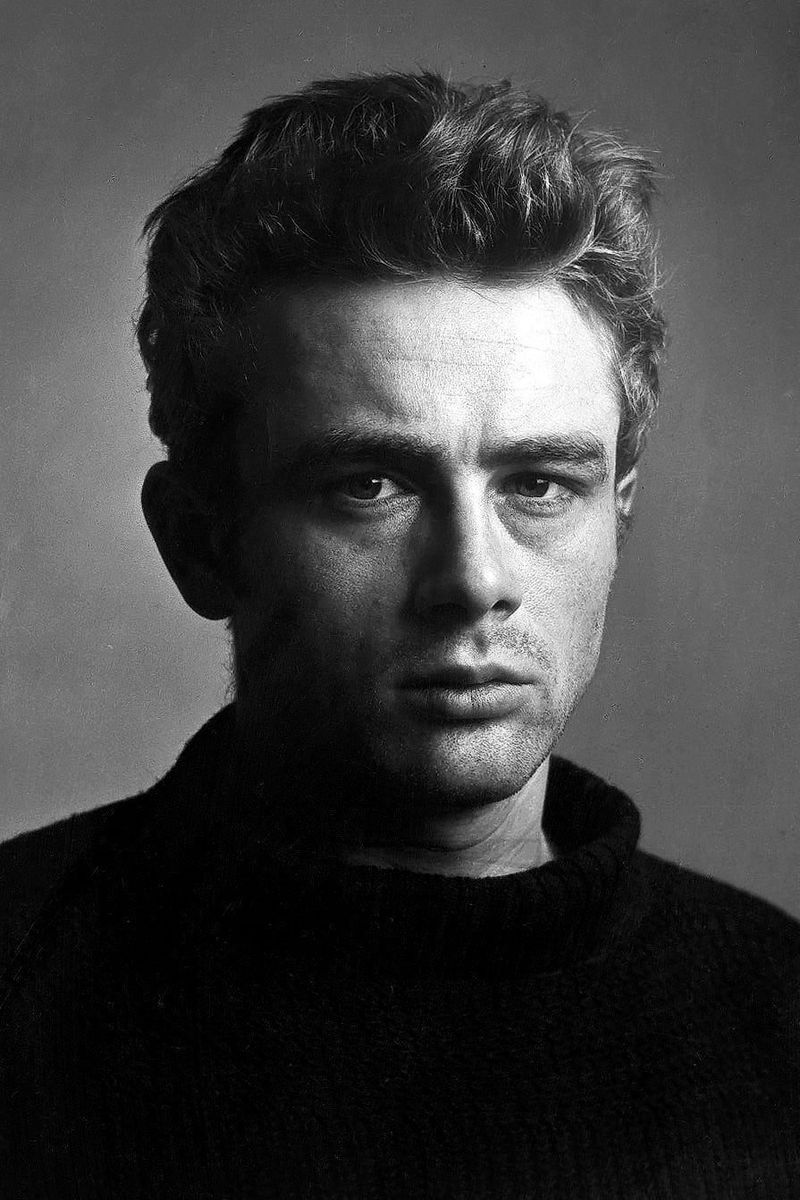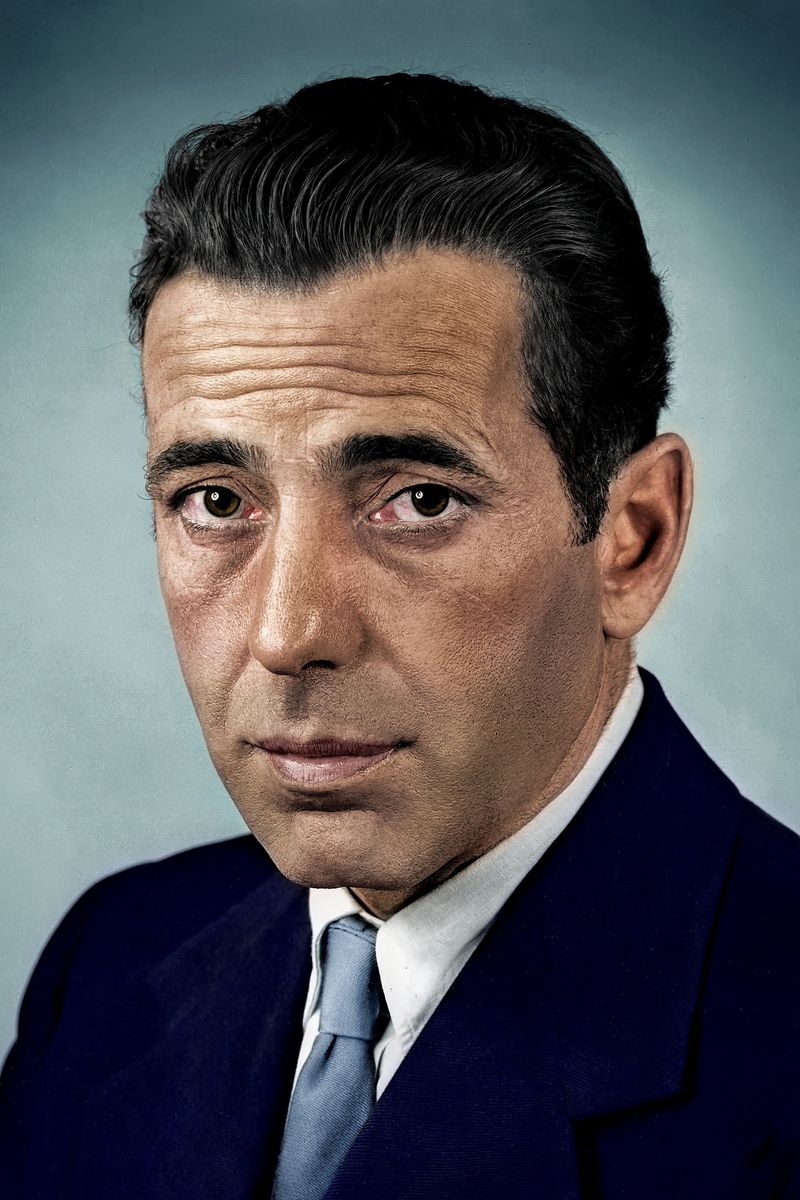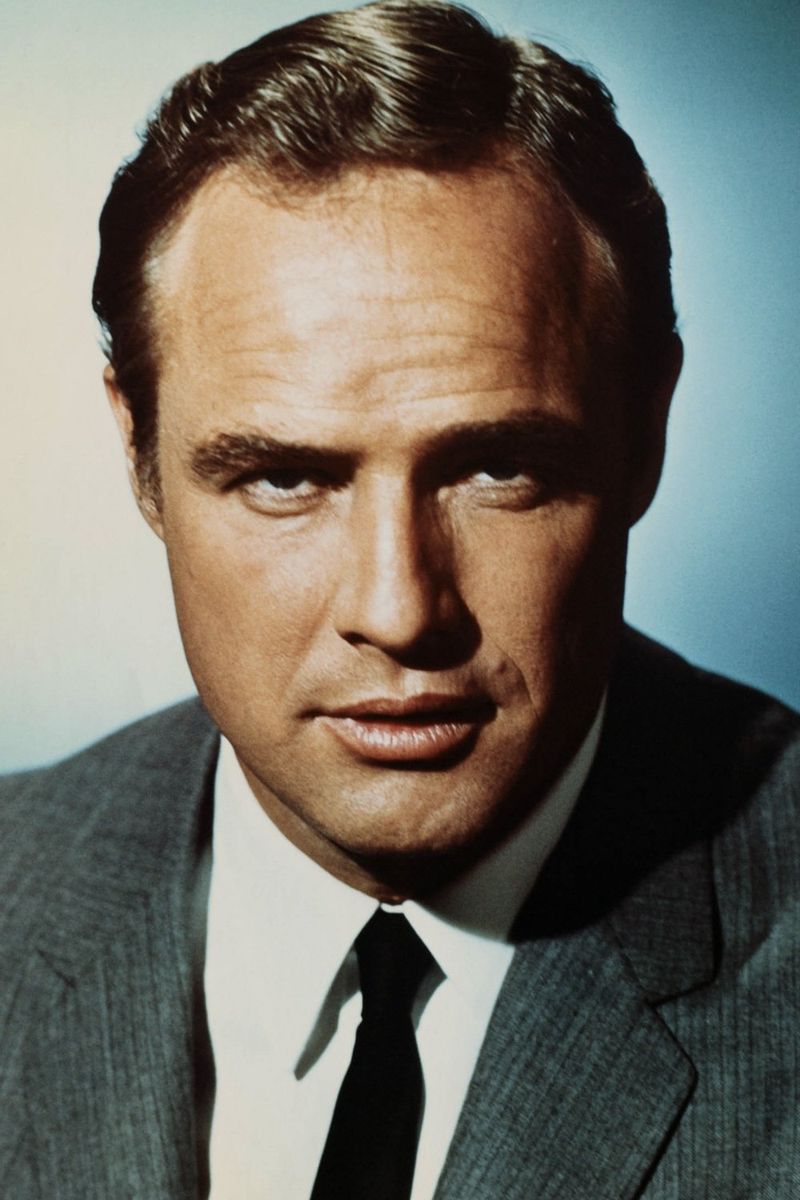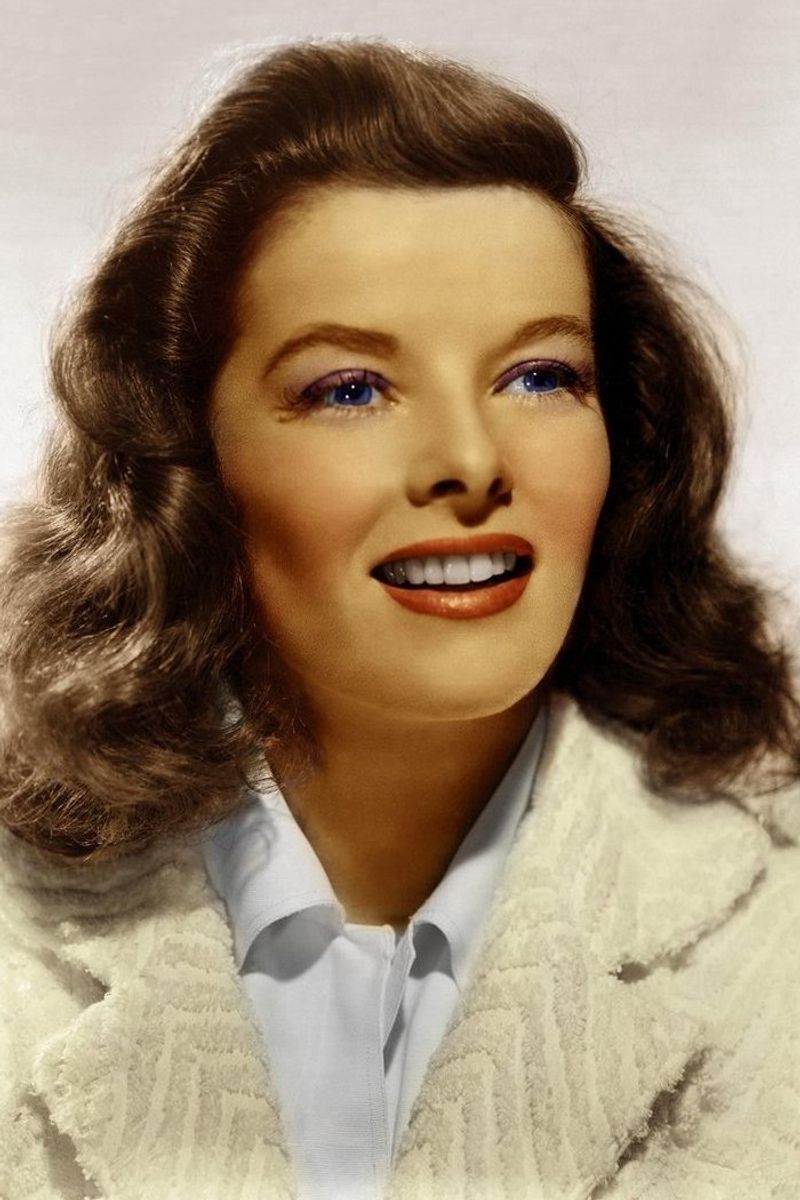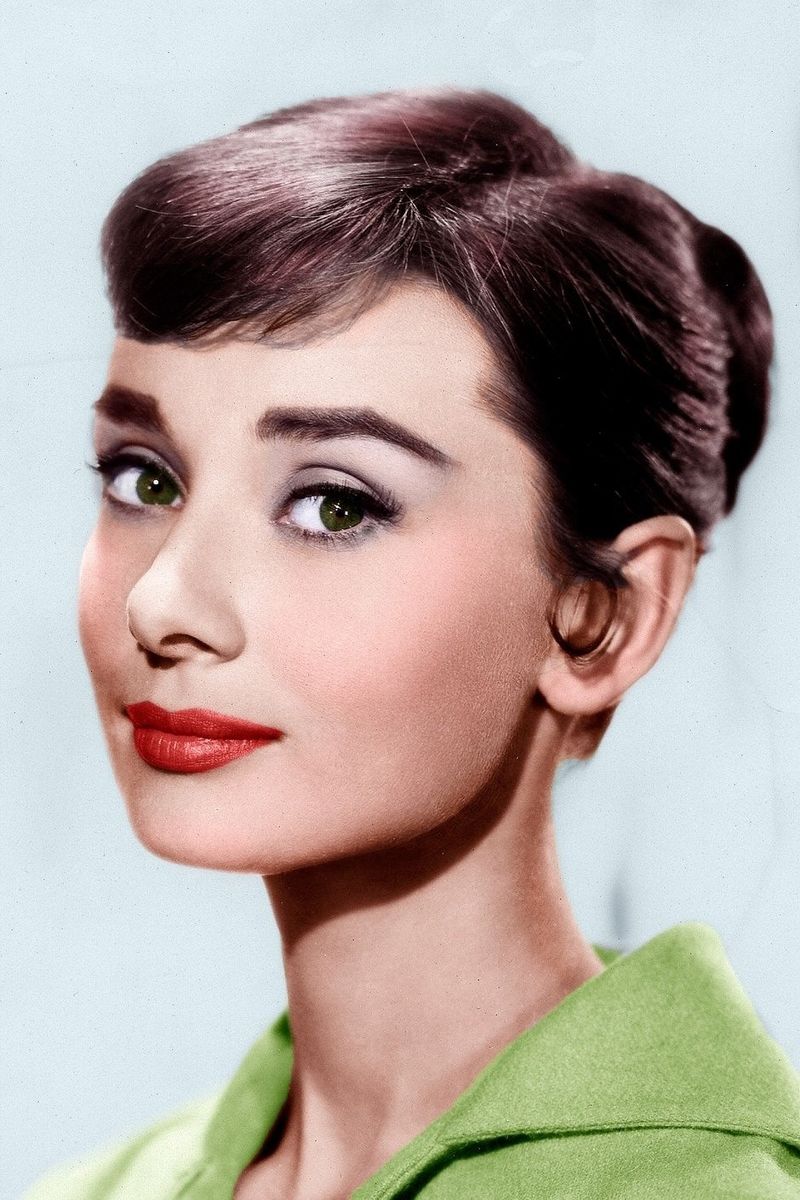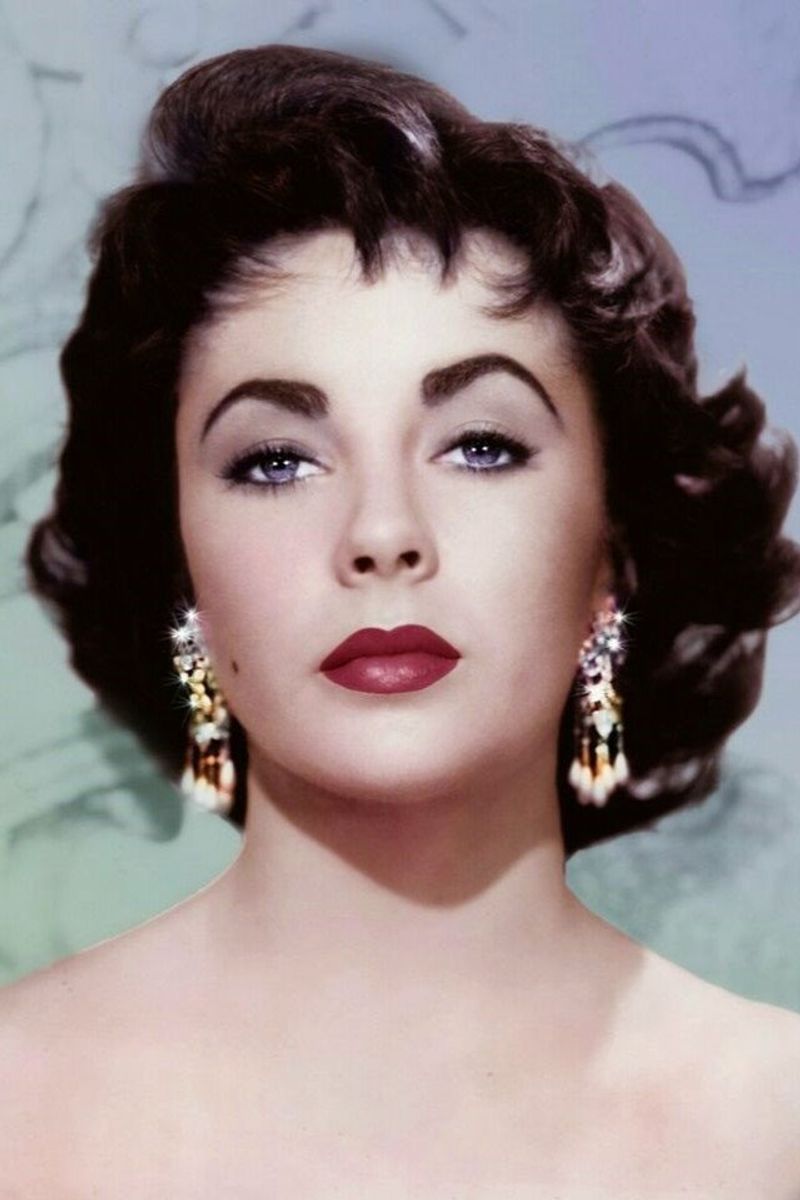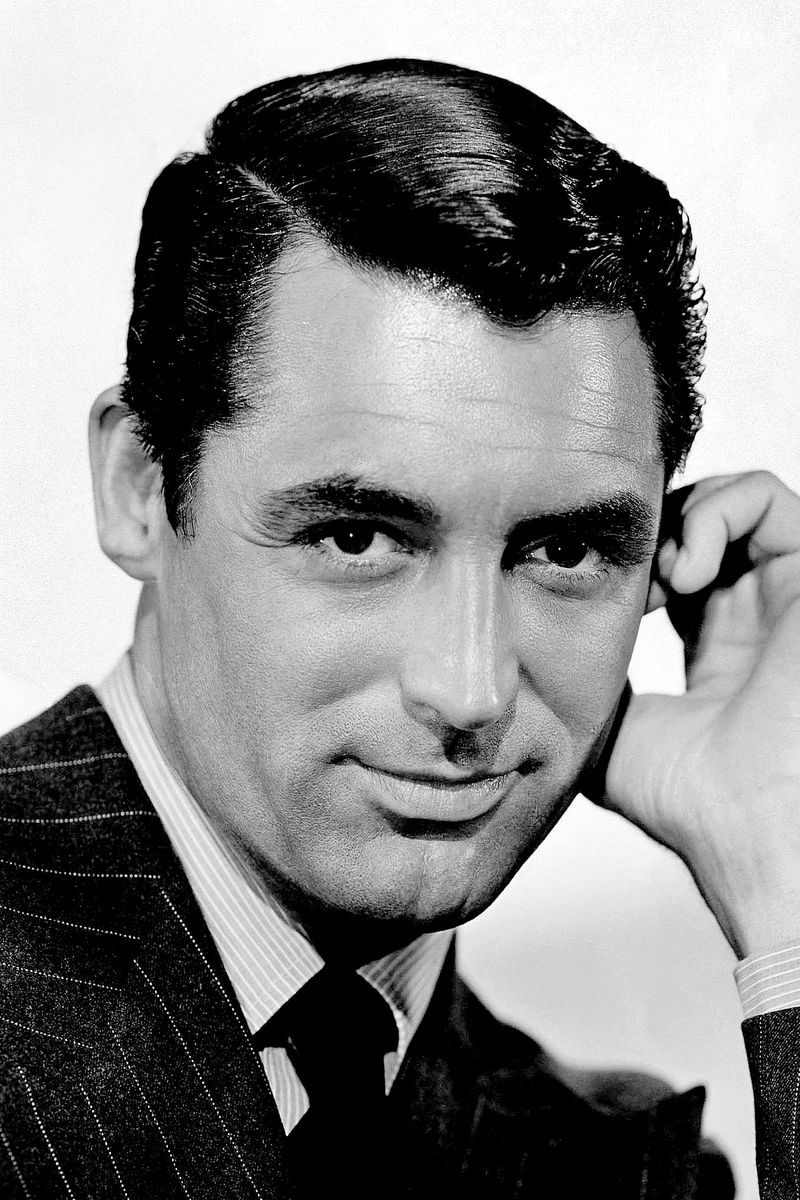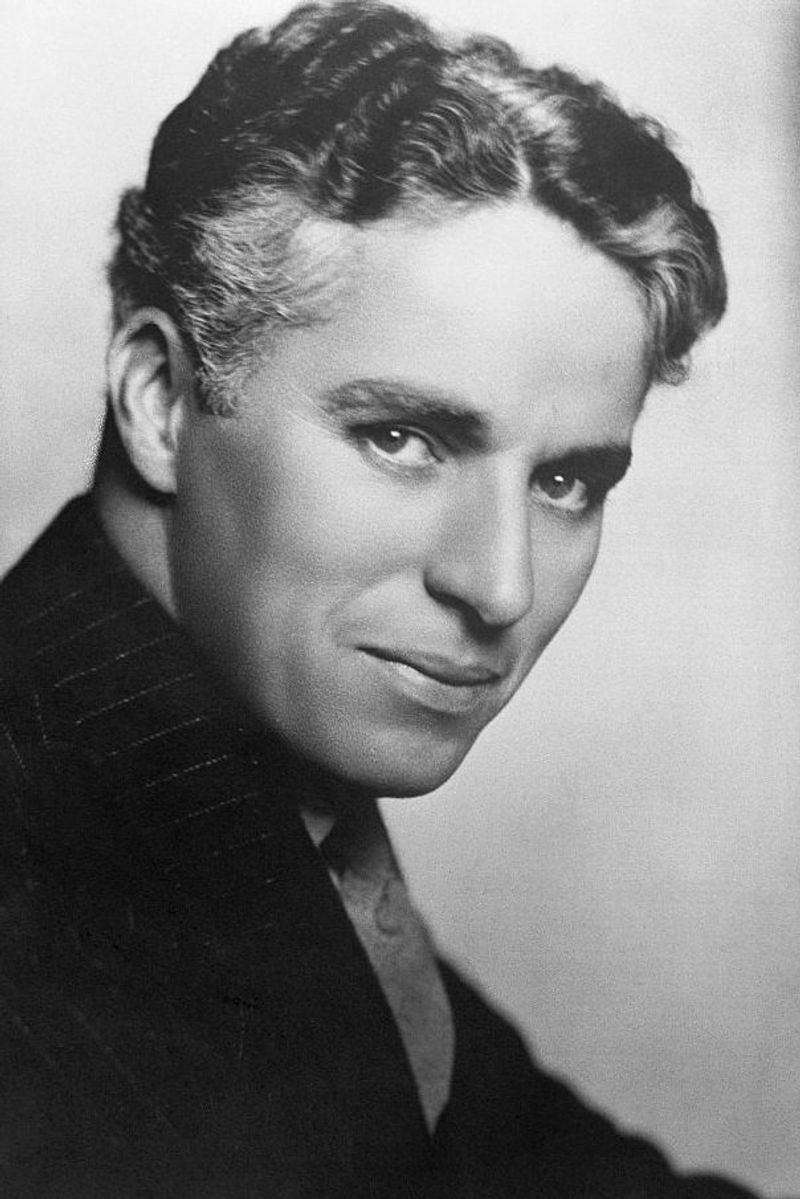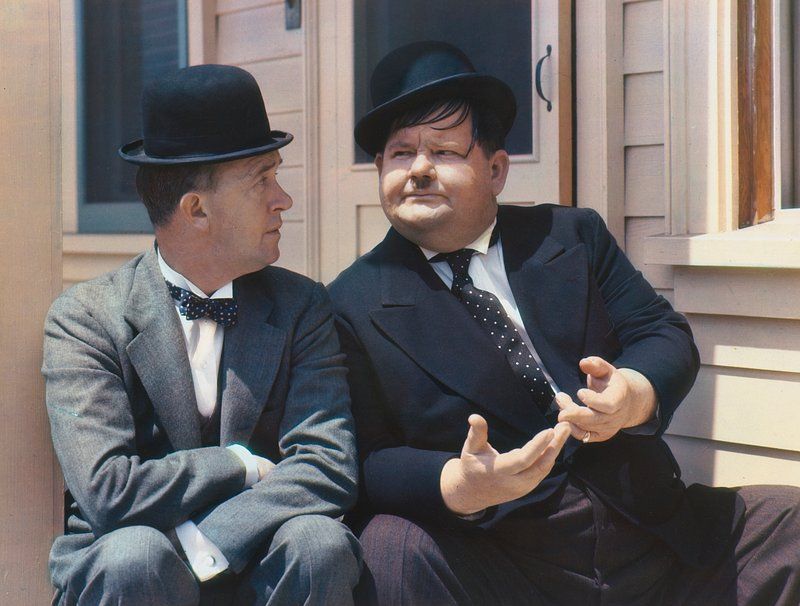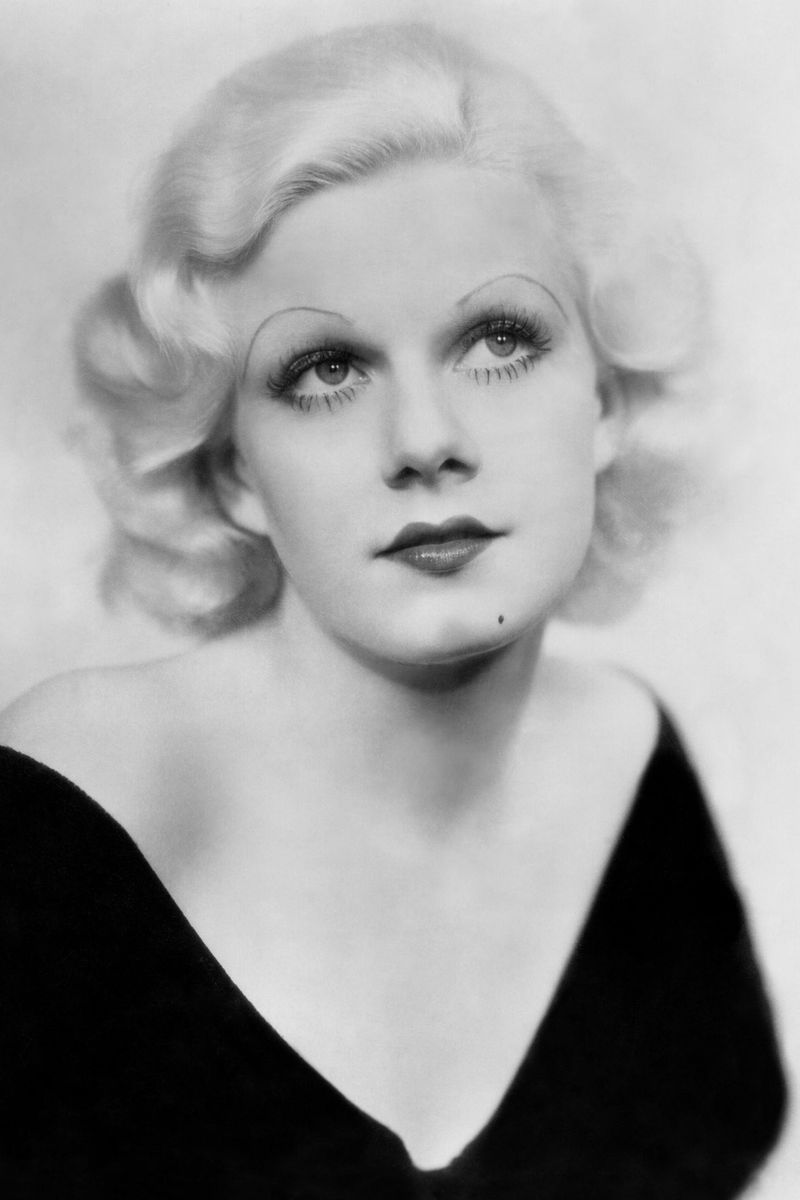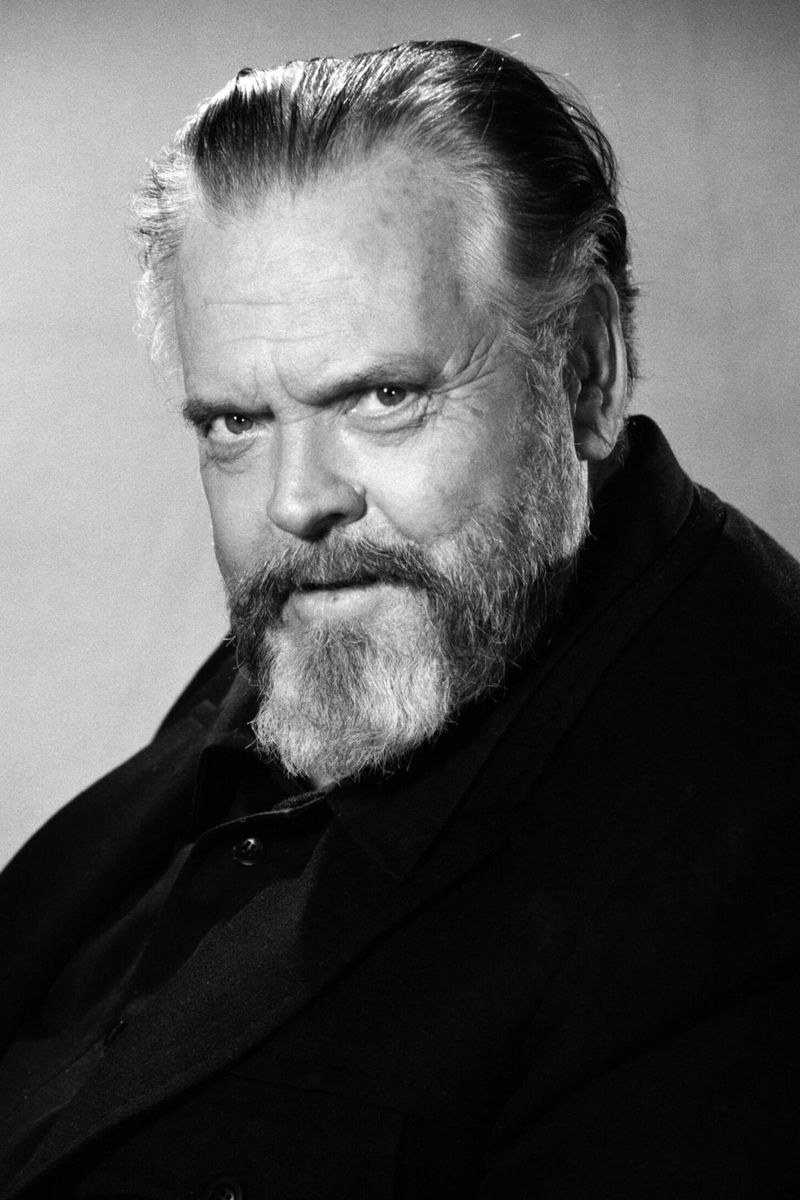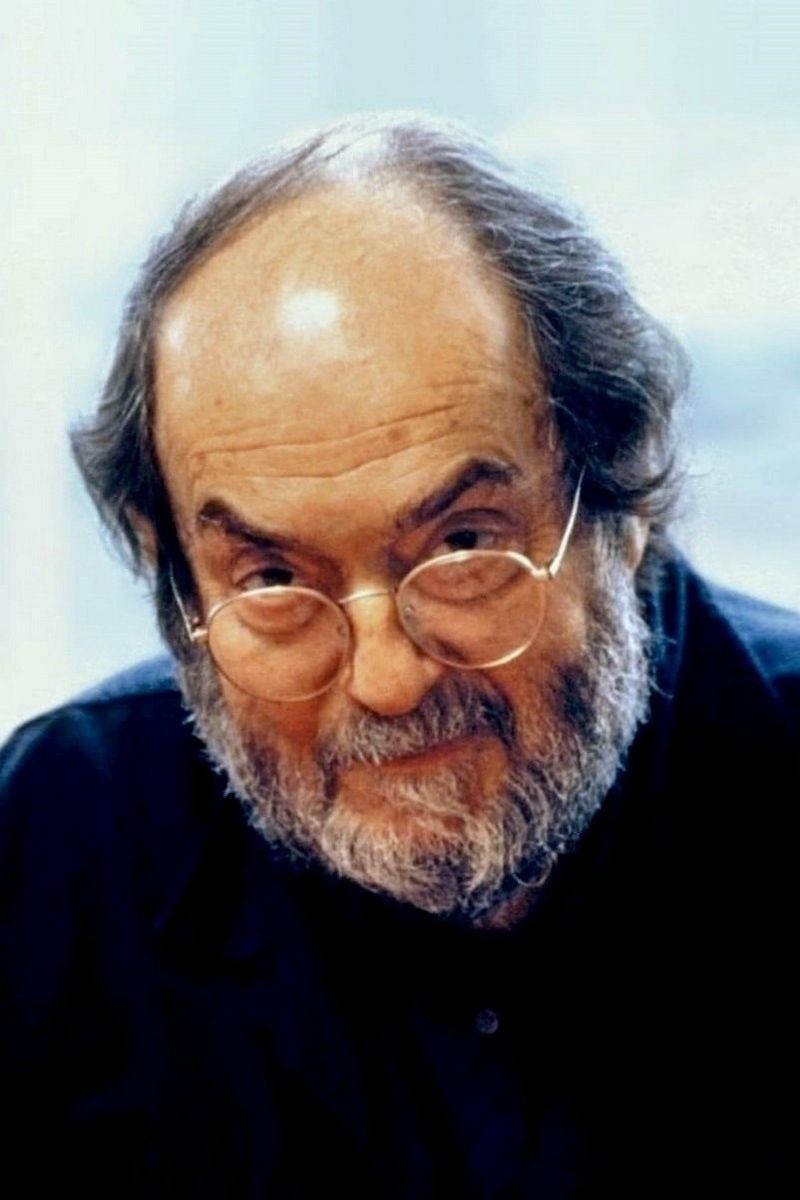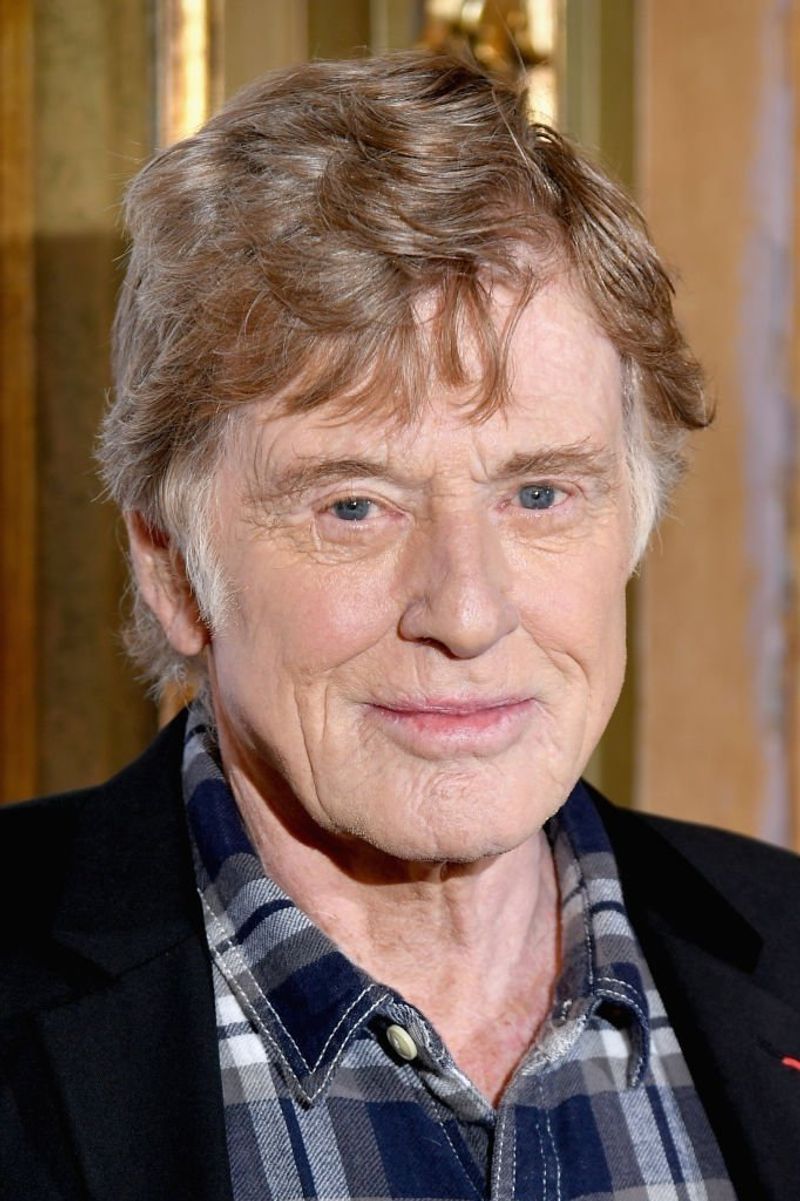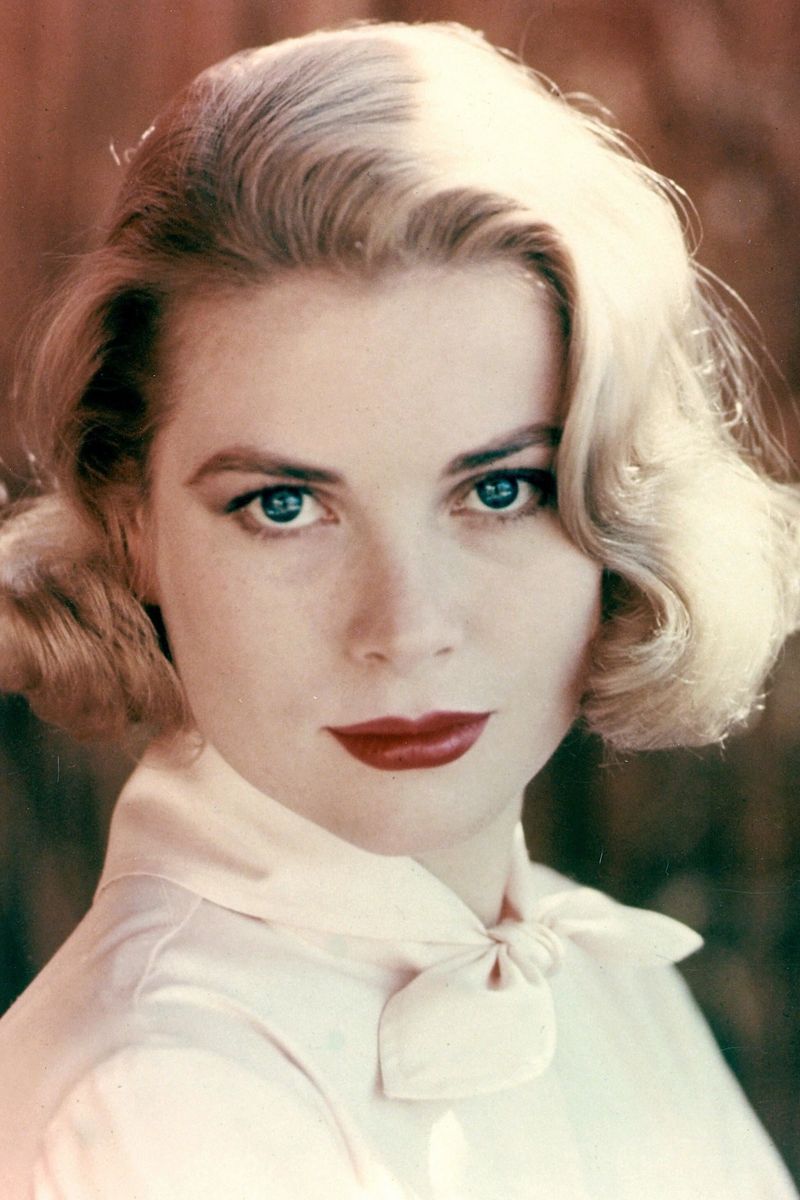Hollywood has given us countless stars over the decades, but only a special few have left a mark so deep that their influence stretches far beyond their own time. These iconic performers and filmmakers changed movies forever with their talent, style, and unforgettable characters. Today, young actors, directors, and fans still look up to these legends, drawing inspiration from their work and keeping their legacy alive in modern entertainment.
1. Marilyn Monroe
With her platinum blonde hair and dazzling smile, Marilyn Monroe became the ultimate symbol of glamour and beauty. Born Norma Jeane Mortenson, she transformed herself into one of the most photographed women in history. Her movies like Some Like It Hot and Gentlemen Prefer Blondes still make audiences laugh today.
Beyond her stunning looks, Monroe showed real talent as a comedic actress. She faced many personal struggles but never stopped working to improve her craft. Young performers today admire her determination to be taken seriously as an artist.
Her influence appears everywhere in modern pop culture, from fashion to music videos. Stars like Madonna and Lady Gaga have borrowed her iconic style, proving her timeless appeal.
2. James Dean
James Dean lived fast and left a beautiful memory. He made only three major films before dying in a car crash at age 24, yet his impact on cinema remains enormous. Rebel Without a Cause captured teenage angst in a way no movie had before, making him an instant icon.
Dean represented youth rebellion and the struggle to find your place in the world. His natural acting style felt raw and real compared to the polished performances common in the 1950s. Teenagers finally saw someone on screen who understood their feelings.
Modern actors still study his performances to learn authentic emotional expression. His leather jacket and slicked-back hair became a timeless look that never goes out of style.
3. Humphrey Bogart
Nobody played the tough-but-tender hero quite like Humphrey Bogart. His gravelly voice and world-weary eyes made him perfect for film noir classics. In Casablanca, he delivered some of the most quoted lines in movie history, including the famous misquote about playing it again.
Bogart started his career playing gangsters and villains before becoming a romantic lead. He showed that heroes could be flawed, cynical, and still deeply honorable. His characters always had a moral code they lived by, no matter what.
Today’s action stars owe a lot to his portrayal of complicated antiheroes. His partnership with Lauren Bacall both on and off screen remains one of Hollywood’s greatest love stories.
4. Marlon Brando
Marlon Brando revolutionized acting by bringing raw emotion and psychological depth to the screen. Before him, many actors relied on theatrical techniques that looked stagey on camera. He studied method acting, which meant living and breathing his characters to create authentic performances that felt shockingly real.
His role as Stanley Kowalski in A Streetcar Named Desire showed a new kind of masculine vulnerability. Later, as Vito Corleone in The Godfather, he created one of cinema’s most memorable characters. That raspy voice and cotton-stuffed cheeks became instantly recognizable worldwide.
Every serious actor today studies Brando’s technique. His influence on performance style cannot be overstated in modern filmmaking.
5. Katharine Hepburn
Katharine Hepburn refused to follow Hollywood’s rules about how women should look and behave. She wore pants when everyone expected dresses, spoke her mind when others stayed quiet, and chose roles that showed strong, independent women. Her career spanned an incredible six decades, earning her four Academy Awards for Best Actress.
Hepburn’s characters were smart, witty, and never needed rescuing by men. In films like The Philadelphia Story and The African Queen, she matched her male co-stars line for line. Her partnership with Spencer Tracy produced some of Hollywood’s best romantic comedies.
Young actresses today see her as a pioneer who opened doors for complex female characters. Her fearless individuality still inspires people to be themselves.
6. Audrey Hepburn
Grace personified, Audrey Hepburn brought elegance and warmth to every role she played. Her breakout performance in Roman Holiday won her an Oscar and introduced the world to her unique combination of sophistication and playfulness. That little black dress from Breakfast at Tiffany’s became fashion history.
Unlike other glamorous stars, Hepburn had a relatability that made audiences adore her. She survived World War II in the Netherlands, which gave her compassion and depth. Her large eyes and gamine features created a new standard of beauty that valued uniqueness over conventional prettiness.
Later in life, she devoted herself to humanitarian work with UNICEF. Modern celebrities follow her example of using fame for good causes.
7. Elizabeth Taylor
Those violet eyes could stop traffic, and Elizabeth Taylor’s talent matched her extraordinary beauty. Starting as a child star in National Velvet, she grew into one of Hollywood’s most powerful actresses. Her performance in Who’s Afraid of Virginia Woolf? showed she could tackle challenging dramatic roles with fearless intensity.
Taylor’s personal life fascinated the public as much as her movies. She married eight times, including twice to Richard Burton, creating tabloid headlines for decades. But she also became a fierce advocate for AIDS research when others stayed silent, raising millions for the cause.
Her business savvy with perfume and jewelry lines showed actresses could be entrepreneurs. Young stars today admire her refusal to apologize for living life on her own terms.
8. Cary Grant
Suave, sophisticated, and impossibly charming, Cary Grant set the standard for leading men. Born Archibald Leach in England, he reinvented himself as Hollywood’s most debonair star. His impeccable comic timing in films like Bringing Up Baby and His Girl Friday proved he was more than just a handsome face.
Grant made everything look effortless, from wearing a tuxedo to delivering rapid-fire dialogue. Director Alfred Hitchcock used him in several thrillers, including North by Northwest, where he played an ordinary man thrust into extraordinary circumstances. His ability to balance humor with suspense made these films unforgettable.
Modern actors still try to capture his smooth elegance and perfect comedic delivery. His style remains the definition of classic Hollywood cool.
9. Charlie Chaplin
Before movies had sound, Charlie Chaplin made the whole world laugh without saying a word. His Little Tramp character, with the bowler hat, cane, and waddle walk, became one of cinema’s most recognizable figures. Chaplin didn’t just act in films; he wrote, directed, and composed music for them, showing incredible artistic range.
His movies combined slapstick comedy with genuine emotion and social commentary. Modern Times criticized industrialization, while The Great Dictator bravely mocked Hitler during World War II. Chaplin proved comedy could make people think as well as laugh.
Filmmakers today still study his visual storytelling techniques. His ability to convey complex emotions through pantomime remains unmatched in cinema history.
10. Laurel and Hardy
Stan Laurel and Oliver Hardy formed comedy’s most beloved partnership. Their contrasting appearances—Laurel thin and confused, Hardy heavy and pompous—created perfect visual humor. Together they made over 100 films, developing a style of comedy that influenced everyone from The Three Stooges to modern buddy comedies.
Their genius lay in the chemistry between them. Laurel’s innocent mistakes would frustrate Hardy, leading to his famous exasperated looks at the camera. Physical gags were carefully choreographed to look spontaneous, showing their dedication to the craft. Their friendship on screen reflected genuine affection off screen.
Comedy teams today still try to capture their magical dynamic. Their films remain funny nearly a century later, proving great comedy is timeless.
11. Jean Harlow
Jean Harlow blazed across Hollywood like a comet, bright and brief. She became the original platinum blonde bombshell, setting a trend that countless actresses would follow. Her bold, witty performances in films like Dinner at Eight and Red Dust showed she had talent beyond her striking looks.
Harlow brought a new kind of sexuality to the screen—playful, confident, and modern. She could trade wisecracks with Clark Gable and hold her own in any scene. Sadly, she died at just 26 from kidney failure, cutting short a brilliant career that was still rising.
Despite her short life, Harlow’s influence on Hollywood glamour remains significant. She proved that sex appeal and comedic talent could coexist perfectly.
12. Orson Welles
At just 25 years old, Orson Welles made Citizen Kane, which many consider the greatest film ever created. His innovative use of deep focus photography, unusual camera angles, and nonlinear storytelling changed how movies could be made. Before Hollywood, he terrified America with his radio broadcast of War of the Worlds, which listeners thought was a real alien invasion.
Welles was a true Renaissance man—actor, director, writer, and producer rolled into one brilliant package. His booming voice and commanding presence made him unforgettable on screen. Unfortunately, studios often clashed with his artistic vision, leaving several projects unfinished.
Film students worldwide study his groundbreaking techniques. His bold experimentation opened doors for every artistic filmmaker who followed.
13. Stanley Kubrick
Stanley Kubrick demanded perfection in every frame, creating films that look stunning decades later. From the space ballet of 2001: A Space Odyssey to the horror of The Shining, each movie showcased different genres while maintaining his distinctive visual style. He was famous for doing dozens of takes until everything met his exacting standards.
Kubrick explored big themes like humanity’s relationship with technology, violence, and power. His cold, precise approach made audiences think deeply about what they were watching. Actors found him challenging to work with, but the results spoke for themselves in unforgettable performances.
Modern directors revere him as a master craftsman who proved cinema could be high art. His influence on filmmaking technique continues to shape how movies are made today.
14. Robert Redford
Robert Redford became one of Hollywood’s biggest heartthrobs in the 1960s and 70s, starring in classics like Butch Cassidy and the Sundance Kid and The Sting. His good looks and natural charm made him a favorite among audiences everywhere. But Redford wasn’t just a pretty face—he used his fame to champion independent filmmaking.
In 1981, he founded the Sundance Film Festival, which has become the most important showcase for independent films in America. Young filmmakers today dream of having their work shown there. Redford proved that actors could use their influence to create opportunities for others, inspiring a whole generation to think beyond just starring in movies and to become creators and advocates for the arts.
15. Grace Kelly
Grace Kelly’s story reads like a fairy tale that actually came true. She was a stunning actress who won an Oscar for The Country Girl in 1955 and starred in several Alfred Hitchcock thrillers. Her elegance and poise set a standard for sophistication that designers and fashion lovers still reference today.
Then, in an almost unbelievable twist, she married Prince Rainier III of Monaco in 1956 and became a real-life princess. Kelly walked away from Hollywood at the peak of her career, choosing royal duties over fame. Her grace under pressure and timeless style continue to influence modern actresses and fashion icons.
Young people today admire her ability to reinvent herself completely while maintaining dignity and class throughout her remarkable journey.
